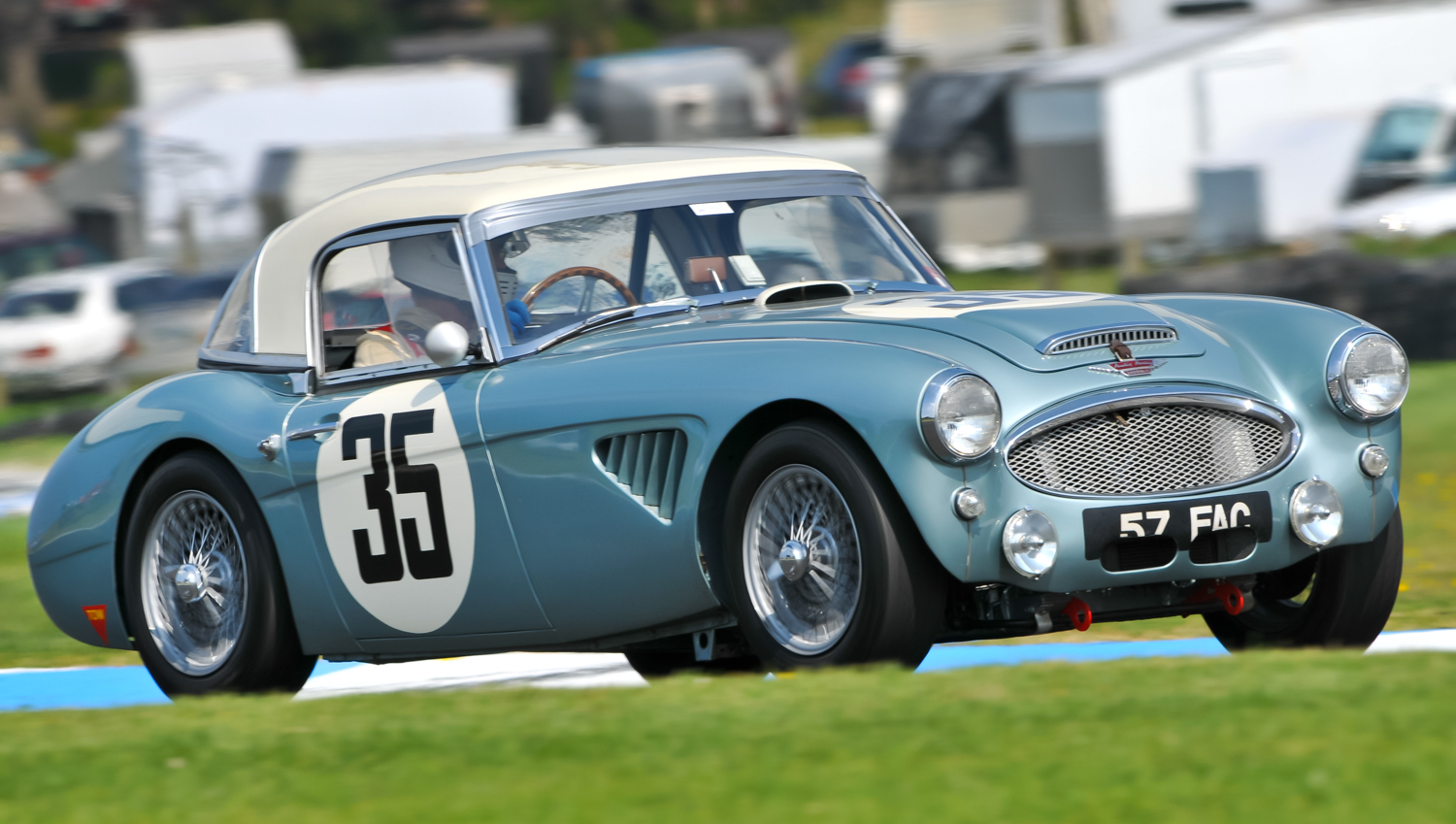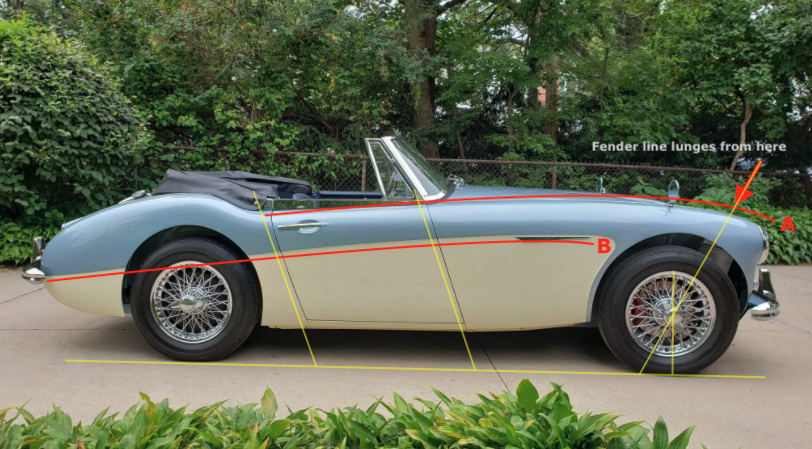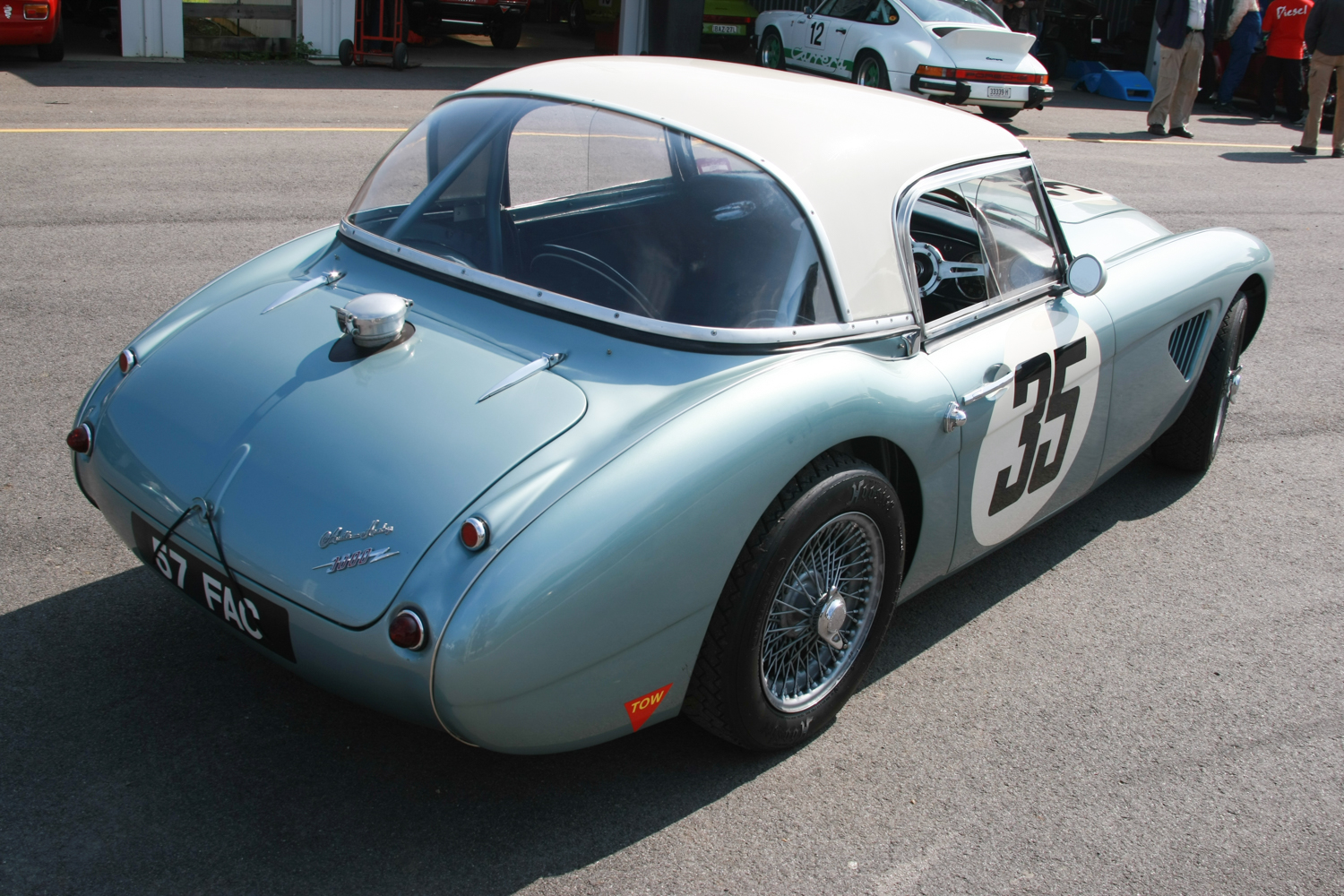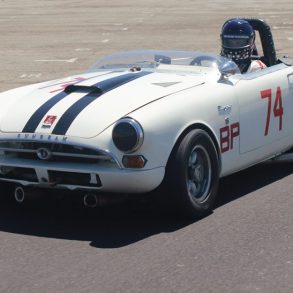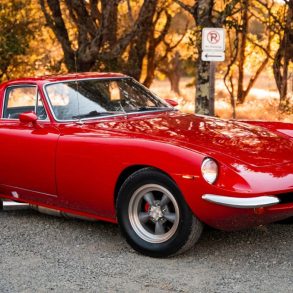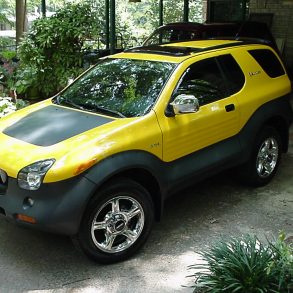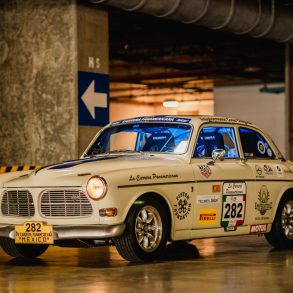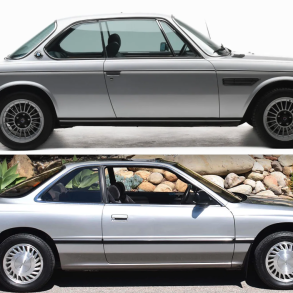
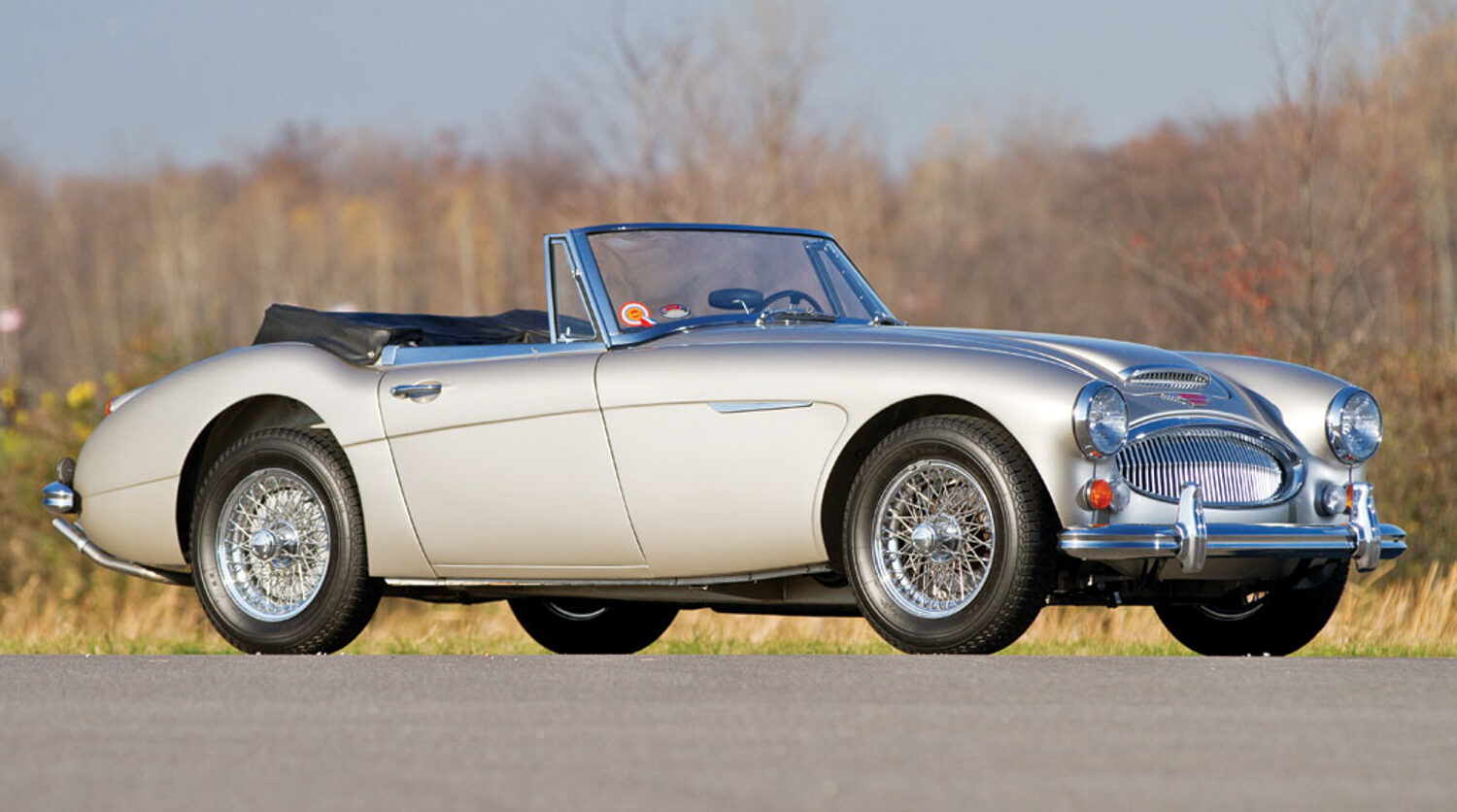
Establishing a commanding presence both on the streets of England and winning rally and closed course races all over the world, the Austin-Healey 3000 reached the pinnacle of development with the Mark III approximately halfway through 1959-1967 production. Not only were these cars tremendously successful in Europe, by 1963, North American sales would comprise a whopping 90 percent of total production. In addition to being fantastic open sports cars with easy to service mechanicals, they continued to race all over Europe and the U.S., establishing win after win in a wide range of competition venues, long after production had ceased in 1967.

Cheerfully appointed with a powerful six-cylinder engine and multiple carburetors, the final iteration of the “Big Healey” (also known as the Phase 2) achieved 150 bhp via a new, higher lift camshaft and SU HD8 carburetors. Power assisted brakes were also added along with a new dashboard featuring prominent instrumentation reflective of competition use. And while a remarkable 44,000 Big Healeys were built, it represented less than 25% of total Austin-Healey production during their 17 years of construction. The Austin-Healey also outsold the XKE by 20% for roughly the same period. Though overshadowed by the press and power of the Jaguar brand, the combination of fantastic driving manners and beautifully sculpted bodywork charmed thousands of buyers towards the Austin-Healey 3000, continuing today in the same vein, tempting the most ardent sports car enthusiasts.
The first thing you’ll notice about the Austin-Healey is the wide range of variants produced during its eight-year production run. Details such as roll-up windows, added rear seats, wraparound windscreens, full convertible tops, and a range of engines make each of the 3000 models unique in both driving manners and visual presence. But in nearly every variant, the Austin-Healey 3000 was also one of the fastest sports cars of the era, especially if one purchased the lighter two-seat roadster and modestly modified the engine using period performance upgrades. Most importantly, the Austin-Healey 3000 lured buyers with its beautiful body lines. The design tapped traditional long hood, short rear deck proportions, tailored with curvaceous front and rear fenders which ran the entire length of the car.
Studying the design today, many exterior features might seem obvious to onlookers familiar with cars of this era, but the design and manufacturing process employed to build these cars was beautifully unified and quite forward for the times. In sideview, the upper portion of the fender line is a smooth accelerated arc (A) which is forward of the front wheel opening, ahead of the front wheel centerline. This gives the car a lunging forward presence even when standing still – a feature found more typically in Pininfarina designs. The mid-body recess line (B) trails to the rear of the car, dropping downward as it breaks up the rear wheel arch and terminates at the rear fender. This also enhances the forward lunge, particularly notable in cars finished with two-tone colors. Even the door cuts, normally an afterthought on many sports car designs, leans back against the rear of the car, seemingly pushing the mass of the car forward. Lastly, the fender line is accentuated by the polished stainless fender-join lines. These brilliantly placed lines not only act as suitable separations from the dissimilar lightweight alloy center section and steel fenders, but also create a stunning accent of light that beautifully illuminates the crown of the fender line – quite effective even on lighter color cars. This same manufacturing technique, utilized on the XKE, has a slightly less favorable effect on the hood of the Jaguar.
Of further note, the roomy driving position of the 3000 elongates the shape, placing occupants at the far rear portion of the vehicle mass to “fill” the center of the car with the greatest portion of weight, including the front engine and gearbox which are pushed back towards the cowl, while the driver mass balances out the rear. The results combine visual and performance balance that pleases both the eye and the performance demands of the driver. The later series grill and elongated hood scoop emphasize the width of the car, which was, even by contemporary figures, comfortably narrow to allow manageable driving through a range of smaller European roadways. The hood scoop and matching grill motif deliver a very Italianate appearance echoing Ferrari and Maserati, here too, more typical of Pininfarina or other Italian coachbuilders. Of course, details throughout the 3000 were very well resolved including fine visual touches that served functional purposes including the delicately tapered twin exposed trunk hinges, fender mounted rear view mirrors, beautifully refined chrome door handles with recessed pockets, and a modest chrome side spear, likely in tribute to the trim found on many American cars of the time but serving no functional purpose.
In keeping with the exterior, the interior is an exceptional example of simplicity and quiet elegance, again offering quality materials and refinement that could compete with far more expensive offerings of the time. A full complement of instrumentation, bucket seats, carpeting, and full windscreen and weather protection made for a truly high-quality performance car.
Often forgotten when compared against the giant Jaguar and their superlative E-Type, the Austin-Healey 3000 remains today one of the most visually impressive and uniquely designed sports cars of the ’50s and ’60s. Their elegant design and well-balanced performance traits make them impressive candidates particularly for those who appreciate beautiful automobiles combined with superb value.


